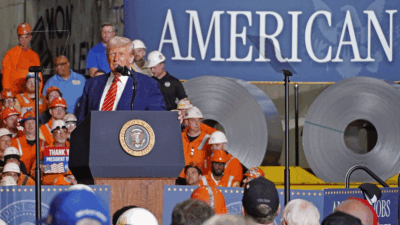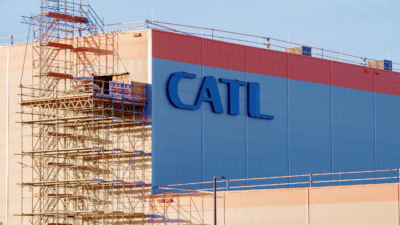Sign up for smart news, insights, and analysis on the biggest financial stories of the day.
Shipping costs at some of the world’s largest cargo companies have skyrocketed in recent months.
How It’s Played Out
Similar to the price of bitcoin, shipping prices are a raw representation of the laws of supply and demand. Too many ships and not enough demand: prices crater. But when demand strengthens and ships grow scarce, magnates with names like “Niarchos” can build a fortune.
At the outset of the pandemic demand was, clearly, light. Thousands of empty containers were left stranded across Europe and the U.S. as no one needed anything delivered except for more toilet paper and a computer camera.
But when western demand for Asian-made goods rebounded in the second half of the year, competition for available containers and ships intensified. Lately, prices have hit a fever pitch:
- The cost of shipping a 40-foot container from Asia to northern Europe has increased from about $2,000 in November to more than $9,000, according to the Financial Times.
- The Baltic Dry Goods Index, which measures the average rates charged by shipping lines to move dry goods like sugar and coal, has risen 60% since December.
- Profit margins Maersk and Cosco Shipping have swelled, and their stock prices are up 92% and 195% over the last twelve months.
Call The Dockmaster
The shipping bonanza is causing a log jam at some of the world’s largest ports. In Los Angeles, a city known for its gridlock traffic on land, 32 container ships were recently anchored off the coast due to a lack of available space at the port.
No New Year drop: In a normal year, shippers would expect that the upcoming Chinese New Year would lead to a drop in shipping as companies close their factories for the holiday. But for the second year in a row, Chinese factories show no signs of letting up.
The Takeaway:
Fear not—rising shipping costs won’t affect your next Amazon order. Shipping costs normally account for just 5% of a product’s price and price increases are usually absorbed by the wholesaler.











